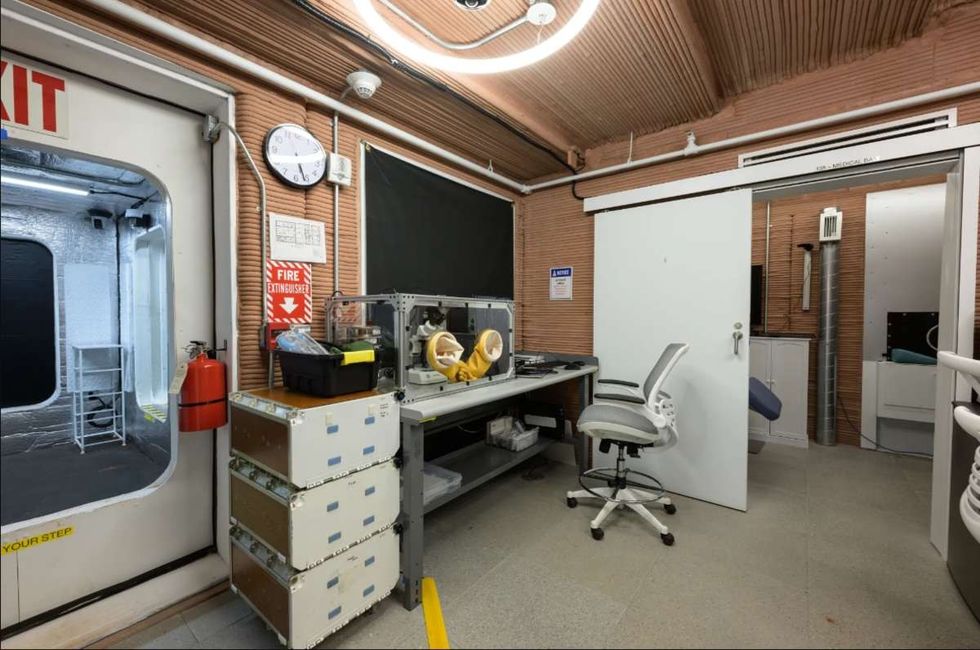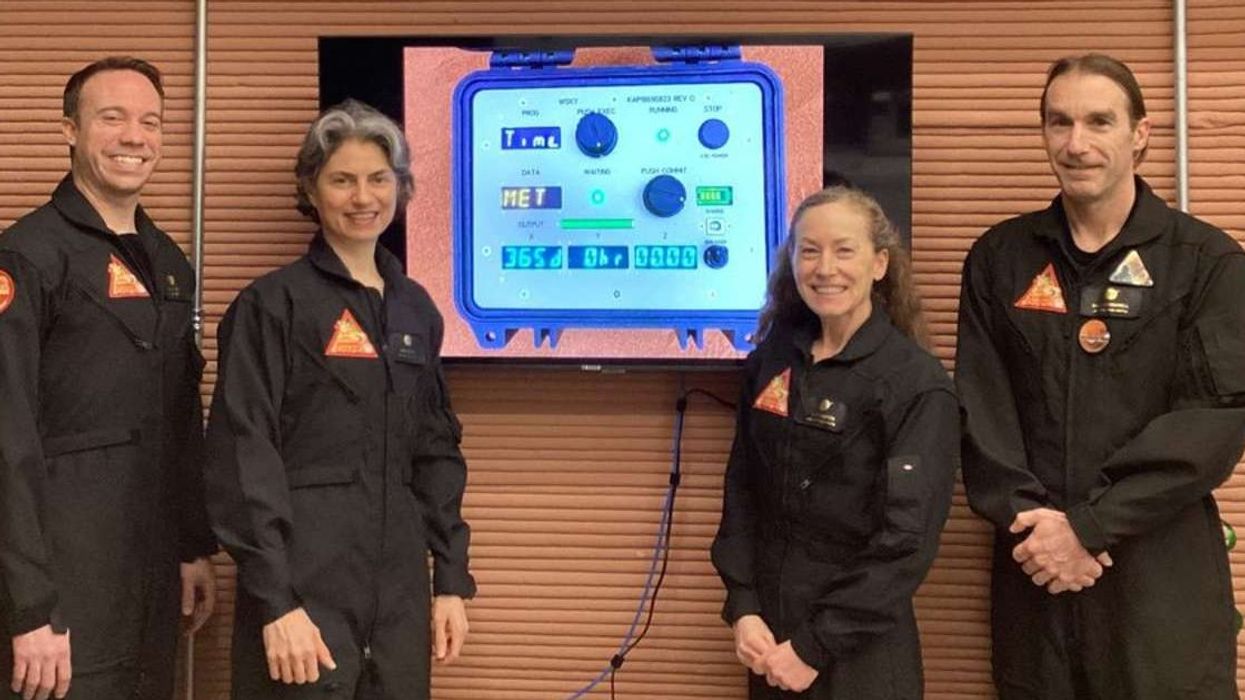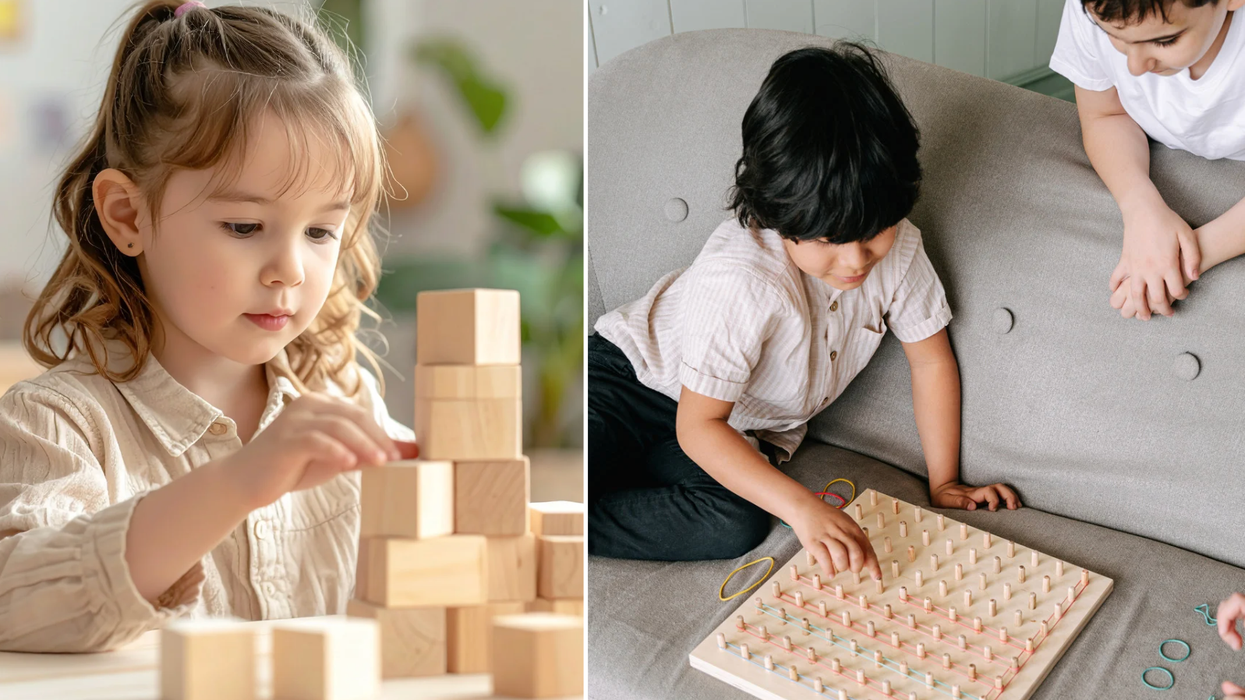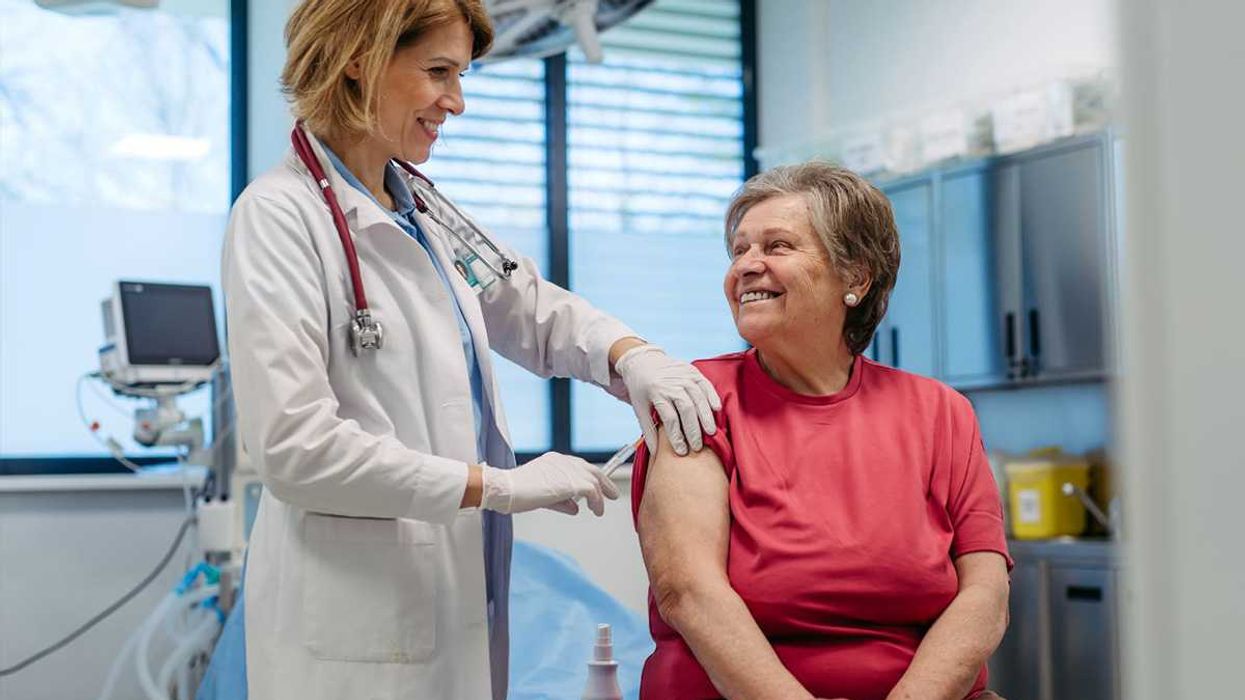Inside NASA’s Johnson Space Centre in Houston, Texas, a NASA astronaut knocked repeatedly on an unsigned door, saying, “You ready to come out?” No voice answered from the other side, but within a few moments, the door flanked open and four astronauts dressed in black NASA uniforms, stepped out. They were part of NASA’s mock Mars mission, for which they lived inside a simulated Mars chamber for 378 days, isolated from the rest of the world. On July 6, they exited the simulated habitat and re-entered the world receiving cheers and applause, reported NASA.
These astronauts are the maiden crew of NASA's Crew Health and Performance Exploration Analog (CHAPEA) project. The four intrepid volunteers are Kelly Haston, Ross Brockwell, Anca Selariu, and Nathan Jones. While locked inside the Mars-like chamber, they have been growing vegetables, conducting “Marswalks,” and experimenting with what it would feel like to live in a real Mars environment, per NBC News.

They started their experiment on June 25, 2023, and spent a little more than a year living in this 1700-square-foot, 3D-printed habitat called the “Mars Dune Alpha,” which simulates what living on Mars might be like. Meanwhile, the NASA crew outside the chamber regularly monitored their health and communication.
The isolated environment of Mars Dune Alpha included a sandy terrain full of red sand where participants were supposed to conduct simulated “Marswalks.” The habitat also had private bedrooms, a kitchen, and two bathrooms, as well as specific areas reserved for medical treatment, recreation, fitness, and work activities. The entire terrain was designed to learn how the astronauts would handle various challenges they might encounter on a real journey to Mars. They tested various factors such as environmental stressors, communication delays, and limited essential supplies. They ate shelf-stable food and the vegetables they grew.
As the volunteers made their re-entry into the earthly world, they seemed relaxed and ebullient. “Hello. It’s actually just so wonderful to be able to say hello to you all,” chuckled Haston, the CHAPEA commander. Brockwell said the mission offered insights into sustainability. “I’m grateful for the chance to live the idea that we must utilize resources no faster than they can be replenished and produce waste no faster than they can be processed back into resources,” he said.
This mission was the first of three planned simulated Mars projects. NASA is planning to send astronauts to the Red Planet in early 2030s. The second CHAPEA mission will begin in 2025 and the third in 2026. Each mission will consist of four crew members living in Mars Dune Alpha. During the mission, the crew will conduct simulated spacewalks and provide data on a variety of factors, which may include physical and behavioral health and performance.
“To everyone watching, dreaming, and cheering for space exploration, thank you,” said Selariu.




















 A road near equatorial Atlantic OceanCanva
A road near equatorial Atlantic OceanCanva Waves crash against rocksCanva
Waves crash against rocksCanva
 Older woman drinking coffee and looking out the window.Photo credit:
Older woman drinking coffee and looking out the window.Photo credit:  An older woman meditates in a park.Photo credit:
An older woman meditates in a park.Photo credit:  Father and Daughter pose for a family picture.Photo credit:
Father and Daughter pose for a family picture.Photo credit:  Woman receives a vaccine shot.Photo credit:
Woman receives a vaccine shot.Photo credit: 
 Image artifacts (diffraction spikes and vertical streaks) appearing in a CCD image of a major solar flare due to the excess incident radiation
Image artifacts (diffraction spikes and vertical streaks) appearing in a CCD image of a major solar flare due to the excess incident radiation
 Brady Feigl in February 2019.
Brady Feigl in February 2019.
 Yonaguni Monument, as seen from the south of the formation.
Yonaguni Monument, as seen from the south of the formation. 